A coronary stent is a medical device developed to be placed within the coronary arteries and provide support, holding the artery open to allow for healthy blood flow. Innovations in cardiac medicine make it possible to restore blood flow to a blocked or narrowed coronary artery without open-heart surgery. This treatment has helped many people live longer, healthier lives and is available from the cardiac specialists at San Diego Cardiac Center.
Your Recovery: What to Expect
After your stent procedure, you will need to lie flat for several hours while being monitored by medical professionals. The length of time you need to rest will vary based on your individual procedure. You must not bend your arms or legs while you are resting. Once the resting period is over, you can get up and out of bed. You may feel dizzy at first but will be assisted by a nurse. Drink plenty of water to help flush the contrast dye used in your procedure to be flushed from your system. Most people spend one night at the hospital, after which they return home.


